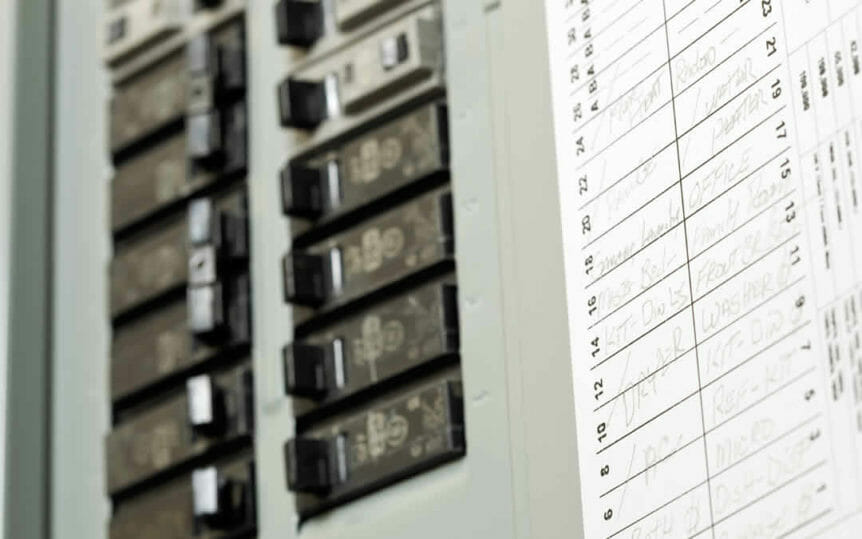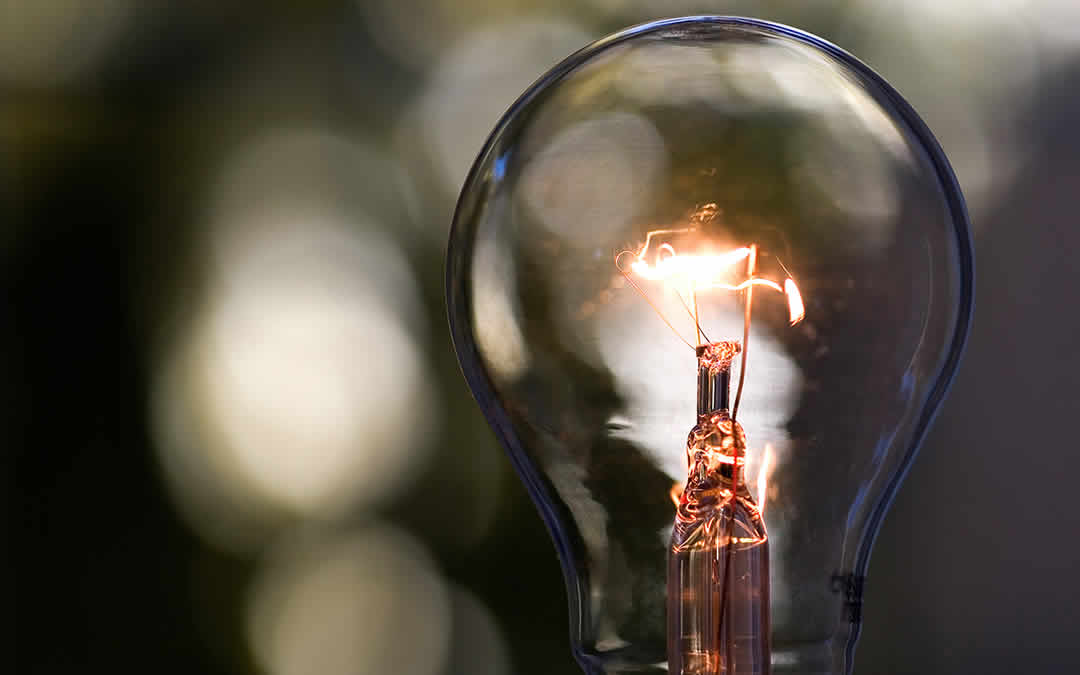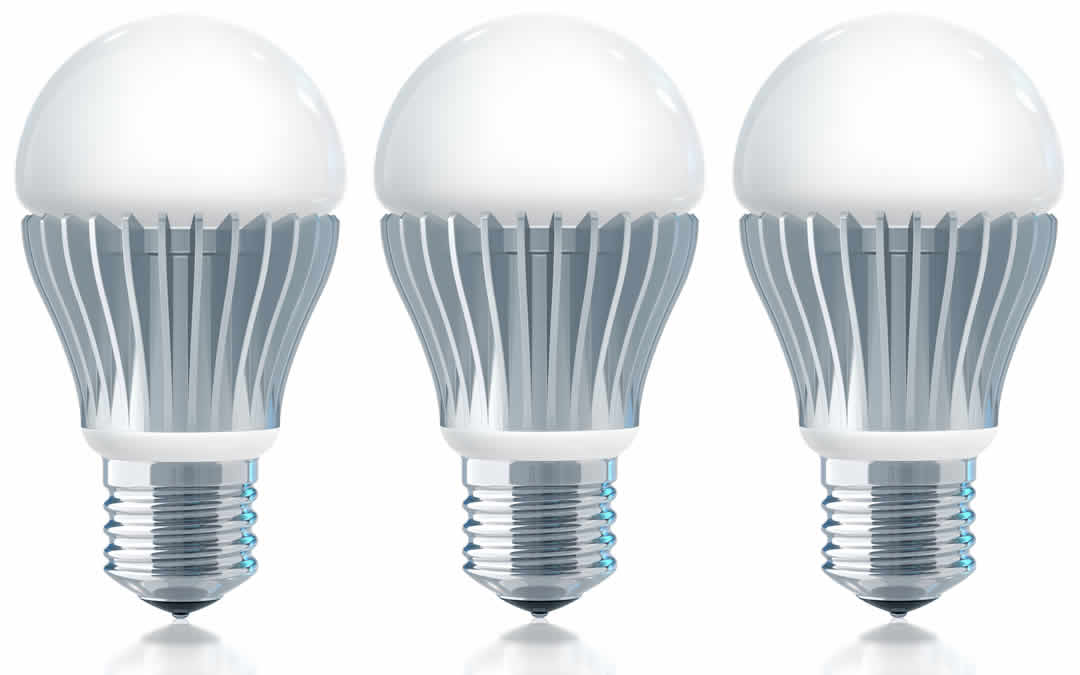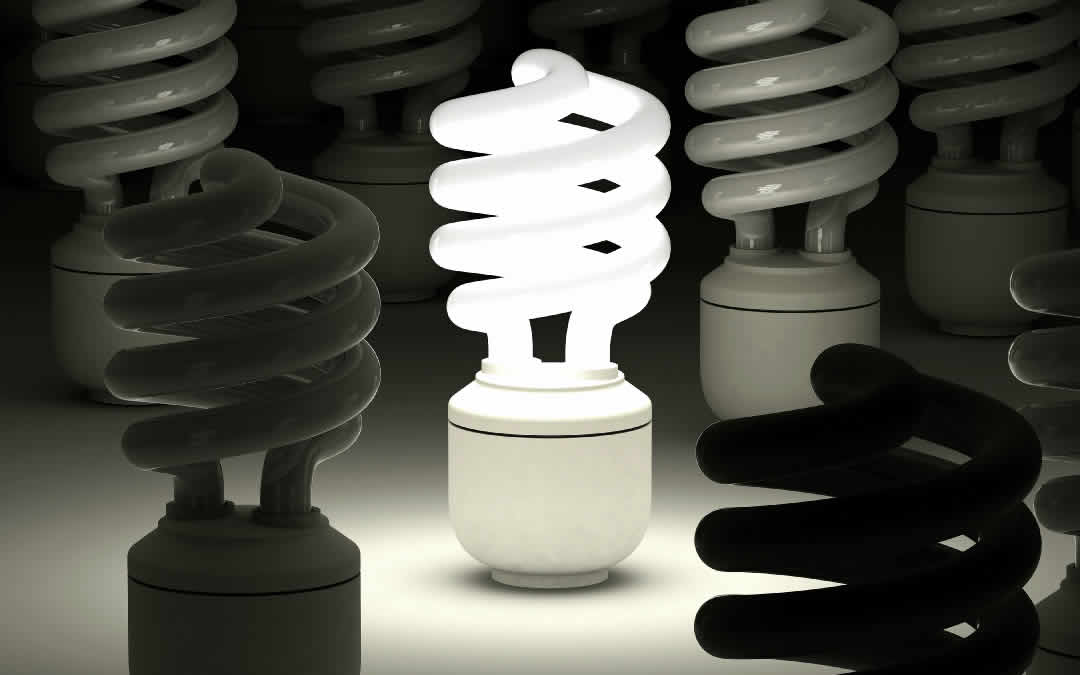
How To Identify and Fix Common Electrical Problems
For most of us, knowing how to fix common electrical problems in our home is about as easy as learning a foreign language. Issues like electrical outlets that are not working to circuit breakers that continue to trip can be annoying and interfere with our daily lives. Although electrical work is intricate and complicated, understanding the basics can be important and should be on the to-do list of every homeowner. Read on to learn about common electrical problems and what you should do when they happen to you.
The first thing professional electricians check when coming to your house to fix anything electrical is the circuit breaker (also called the breaker box or electrical panel). The breaker box is usually located in the garage, backyard, or master-bedroom closet. Its role is to keep our home protected and safe from fires and other incidents that may happen due to faulty wiring and equipment errors. It is connected to everything electrical in our home. When there is too much current flowing through our electrical wiring, the circuit breaker shuts off the power and saves us from serious problems.
Electrical Problems
Breaker tripping is a common electrical problem that we have all experienced a time or two. Typically, this happens when a circuit has more connected electrical items on it than it is supposed to have. This causes more current to run through the circuit than it is allowed to take and causes the breaker to stop working. Imagine running the coffee pot, microwave, electric skillet, mixer and dishwasher all at the same time and all on the same circuit. An easy solution for this is to move any heavy power consuming device to an outlet that is not being heavily used. You can also turn off some of the devices on the circuit while you’re not using them.
Many breaker panels are made from low-grade aluminum components. As aluminum panels heat up to conduct electricity, it expands and contracts. This constant movement causes the panels to become loose and will eventually burn the wiring and the panels themselves. Once the wiring is burned, the breaker will trip and the panels will need to be replaced.
Light bulbs that constantly go out, lights that stop working, and lights that flicker are also common problems that a homeowner experiences. While lights that completely stop working are typically caused by faulty or outdated breakers, flickering lights and light bulb issues can have multiple causes.
There are three types of light bulbs available and it’s important to make sure you are using the right one for each lamp and overhead light in your home.
Incandescent Bulbs
These are traditional light bulbs that have been around for years and make light by heating a metal filament wire to a high temperature until it glows. They are used for household and commercial lighting and work well for portable lighting such as table lamps and flashlights.
LED Bulbs
These bulbs emit light from a piece of solid matter that is inside the bulb. They are not as common as incandescent bulbs and are typically dimmer than other bulbs because they do not release all the light they produce. A plus of LED lights is that they reduce energy consumption and are able to save you money in the long run.
Compact Fluorescent Bulbs
These bulbs make light by using argon and mercury vapor that is housed inside its bulb. Unlike traditional light bulbs, these have a different shape and look like a spiral tube. They are relatively new to the world of light bulbs and have their fair share of problems. They have the tendency to create too much heat and burn wires. They also blow out more often than other types of light bulbs.
There are several different reasons that light bulbs flicker, and it’s important to look for the signs to determine what the real problem is.
Faulty Switch or Connection
Overtime, all switches in your home will wear out. To check if the problem is with the switch, jiggle the switch gently to see if it induces a flicker. If it does, the switch needs to be replaced. The flicker could also be caused by the connection, so it’s important to check to make sure the power cord of the lamp is plugged in tight to the outlet.
Loose Bulb
When the bulb is not tight in the socket, it is not getting a good connection. A bad connection causes the light to flicker on and off and can damage the socket (and give anyone around it a headache!). The easiest way to fix this is to turn the lamp off, tighten the bulb into place, and turn the lamp back on. If this doesn’t fix the problem, you might have to call a professional. If a loose bulb has damaged the socket and burned it, the entire fixture may need to be replaced.
Voltage Fluctuation
When turning on a major appliance you experience that your lights flicker on and off, this could be the cause of a serious electrical issue deep within your system. In this case, a professional needs to be called to pinpoint the problem and fix it.
As you can see, electrical problems can be caused by a variety of different things. For those problems you can’t fix yourself, John Moore electricians are available day and night to determine the problem and figure out a solution. For more information, see 15 Common Electrical Problem and Solutions.



